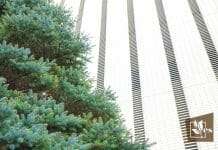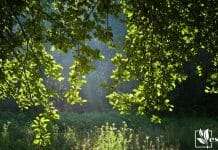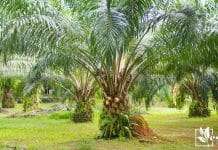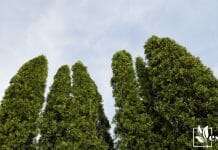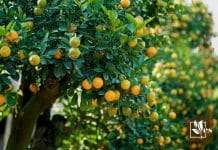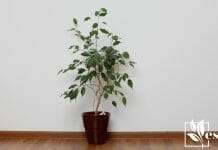Trees with little green balls can be easy to grow and make a wonderful addition to any garden. Such trees can provide structure, shade, and privacy, as well as food for birds and small animals.
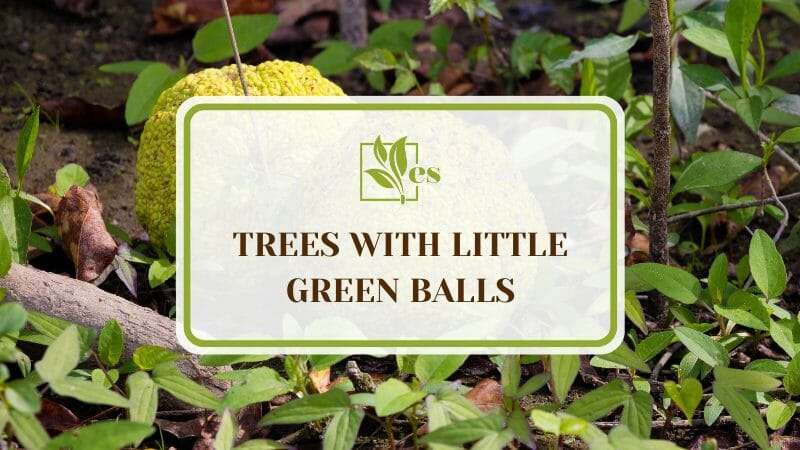
However, if you are having difficulties finding out details about such trees then you are in the right place. In this complete guide, we have provided a list of trees with small green balls that you can check out below.
JUMP TO TOPIC
List of Trees With Little Green Balls
1. Osage Orange Tree
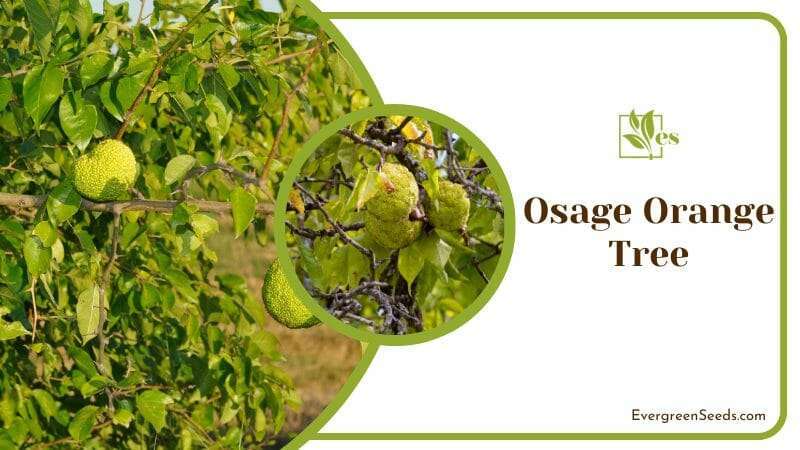
| Growing Season |
|
| Leaf Shape |
|
| Specific Needs |
|
| Common Pests | Borers |
The osage orange tree of the Moraceae family is an intriguing and unique species native to the central United States. Its bright-green balls and unique form have made it a sign of strength, deep roots, courage, and resilience in many places where it grows naturally.
The fruits of this tree are small, green balls with a waxy texture that mature in late fall. Its wood features a distinctive yellow hue that can be used both for furniture making and as an ornamental wood product. Its leaves are simple, alternate, and sometimes deciduous.
2. Oak Tree
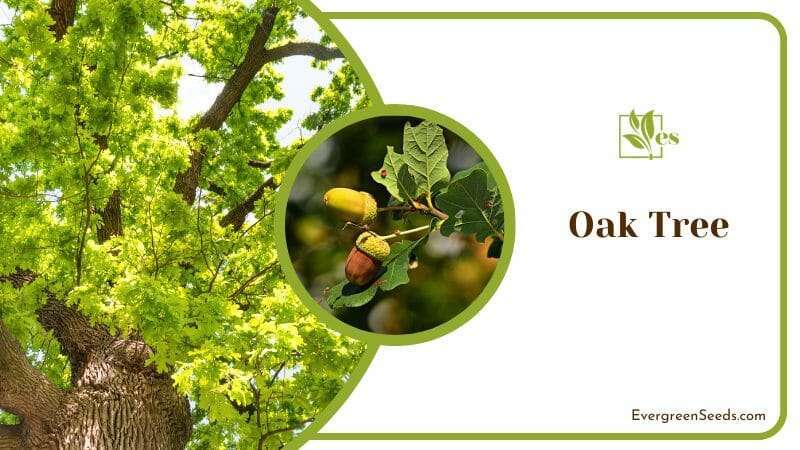
| Growing Season | Spring |
| Leaf Shape |
|
| Specific Needs |
|
| Common Pests |
|
Oak trees are a deciduous tree species native to many regions of the world, including parts of Europe, Africa, and the United States. Oak trees are recognizable by their evergreen foliage and typically have lobed leaves.
Their bark is usually grey and they produce small green balls known as acorns, which serve as food sources for numerous wildlife species. This common variety of oak can grow up to a hundred feet tall with a spread of over 200 feet, making them an excellent choice for a shade tree in larger parks or gardens.
3. Chestnut Tree
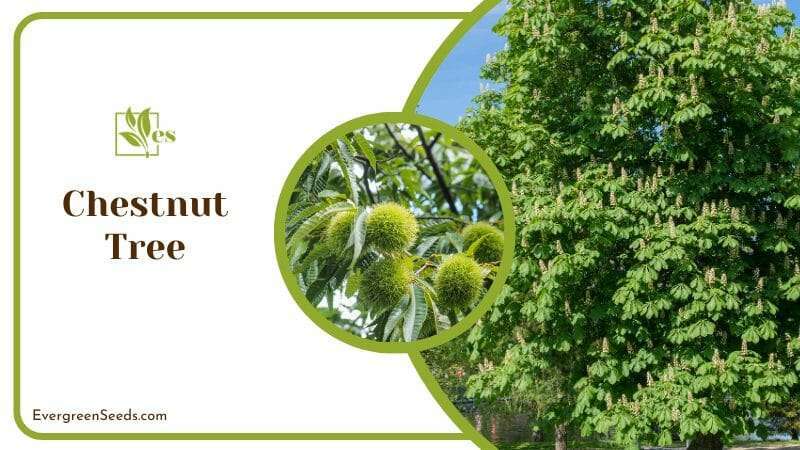
| Growing Season | Fall |
| Leaf Shape | Lance-shaped |
| Specific Needs |
|
| Common Pests |
|
The chestnut tree is a deciduous tree belonging to the Castanea genus of plants native to temperate regions of the Northern Hemisphere. This species produces fragrant yellow-green flowers during the early spring months, which later give way to easily identifiable green spiky balls containing a single shiny brown chestnut seed.
The wood from this highly adaptable tree is dense and durable, making it excellent for construction and furniture building. It can be used as an ornamental addition to landscapes due to its long spreading branches or cultivated as a source of food or timber. Check out a few other nut trees you can plant on Zone 6.
4. Sycamore Tree
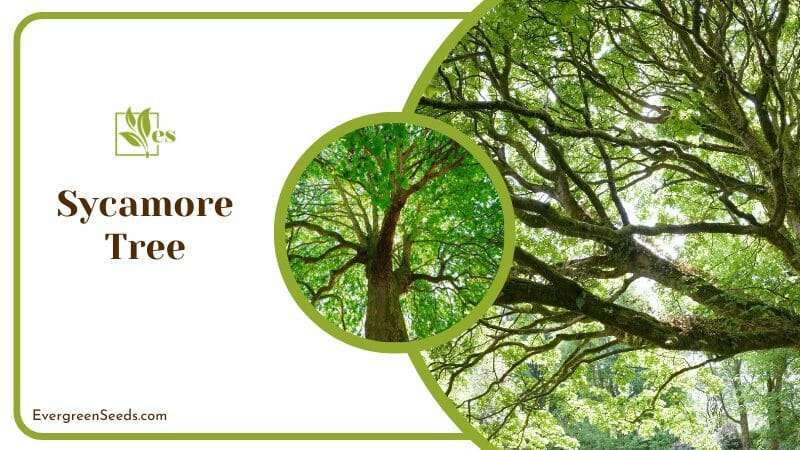
| Growing Season |
|
| Leaf Shape | Ovate |
| Specific Needs |
|
| Common Pests |
|
The sycamore tree is an iconic species of tree found primarily in the eastern United States. A unique and distinctive feature of this tree is its large green balls that are located on branches and stems. These balls, formally called ascospores, contain reproductive spores and contribute to the dispersal of the sycamore’s pollen grains.
The size and shape of these balls vary between individual trees but typically range from small buttons to larger ping-pong ball-sized specimens. The ascospores add beauty to a uniquely shaped species with multiple trunks and spreading canopy.
5. Walnut Tree
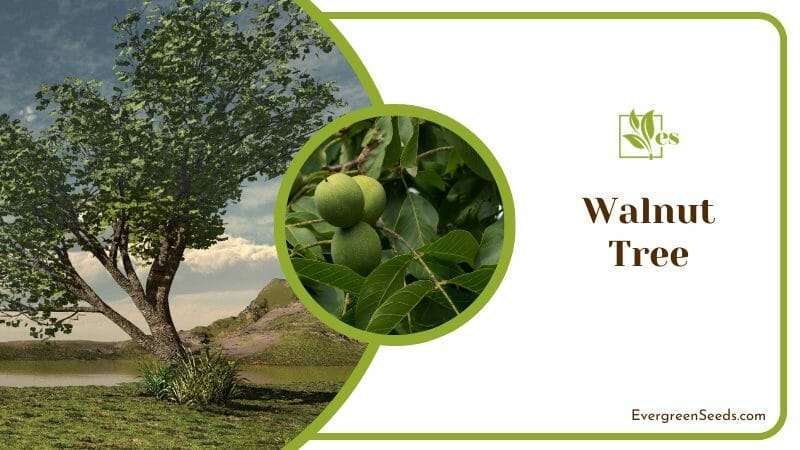
| Growing Season | Spring |
| Leaf Shape | Pinnately compound |
| Specific Needs |
|
| Common Pests |
|
Walnut trees are popular ornamental shade trees known for their large and striking leaves as well as their clusters of small green balls or drupes. These drupes ripen in the fall when they darken and soften, eventually falling off the tree and onto the ground. Walnuts are a good source of healthy fatty acids, antioxidants, protein, and dietary fiber.
The walnut tree has also been used medicinally for centuries to treat heartburn, headaches, muscle spasms, syphilis, worms, toothache, and rheumatism, just to name a few. This majestic tree offers nutritious nuts and is considered a beneficial companion plant. Did you know that you can grow a black walnut tree from seeds?
6. Maple Tree
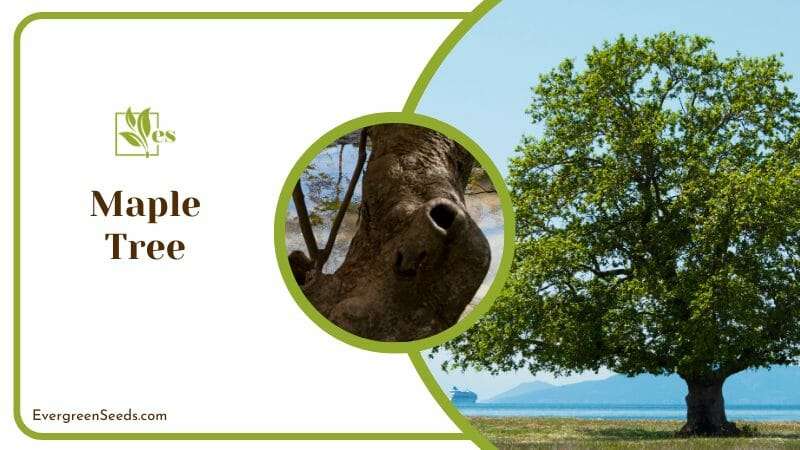
| Growing Season |
|
| Leaf Shape | Palmately lobed |
| Specific Needs |
|
| Common Pests |
|
The Maple tree is probably one of the most recognizable trees in the febrifuge family, growing in many parts of North America. Its leaves are famous for their bright green and red colors during spring and fall; they turn yellow, orange, and brown in winter.
The Maple tree produces small green balls known as “keys,” which can be seen hanging on its branches. These keys later transform into samara fruit — also known as maple seeds or helicopters — in the late summer to early fall period. The ripe samaras eventually drop off the tree.
7. American Holly Tree
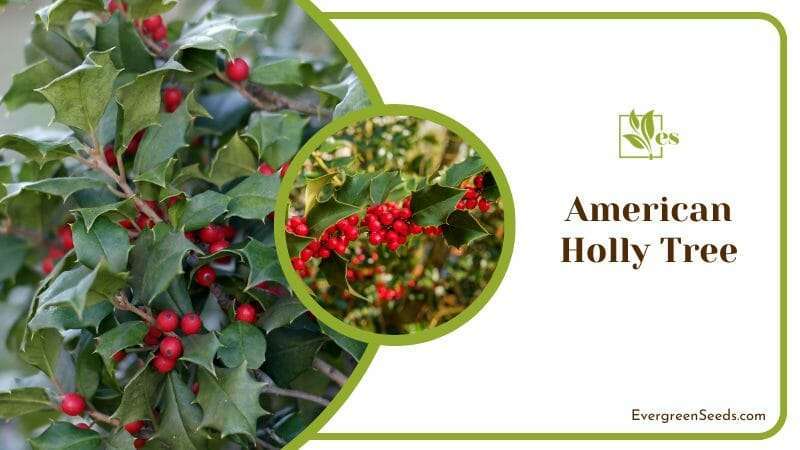
| Growing Season | Winter |
| Leaf Shape | Elliptical |
| Specific Needs |
|
| Common Pests |
|
The American Holly Tree is an evergreen native to eastern North America and a member of the Aquifoliaceae family, sometimes referred to as the Christmas holly tree. The tree has distinct glossy dark green leaves up to three inches in length with sharp spiky margins that remain on the branches for many years, providing great year-round interest.
Its white flowers are small but fragrant, and its winter months fruit, typically seen as little green balls, are known to persist among its evergreen foliage, giving a unique texture and character. These slow-growing large shrubs or small trees grow up to about 35 feet tall.
8. Southern Magnolia Tree
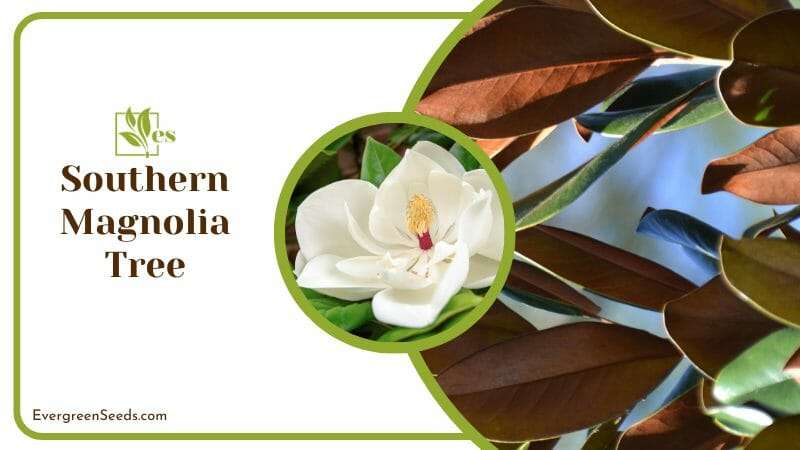
| Growing Season |
|
| Leaf Shape |
|
| Specific Needs |
|
| Common Pests |
|
The Southern magnolia is an evergreen tree native to the southeastern United States that is highly valued for its large, fragrant white flowers and glossy green foliage. Its leaves are leathery in texture and give off a spicy scent when crushed, while its beautiful dome-shaped crown of foliage is composed of whorled branches radiating outwards from the trunk.
During late summer, it produces showy, little green balls that slowly ripen until autumn when they can be harvested for their prized edible dark reddish seeds used to make Southern desserts such as pralines.


